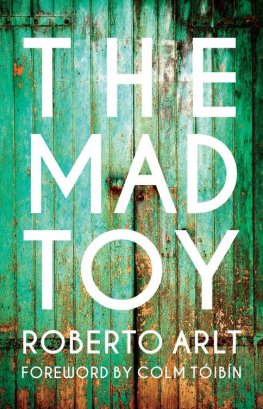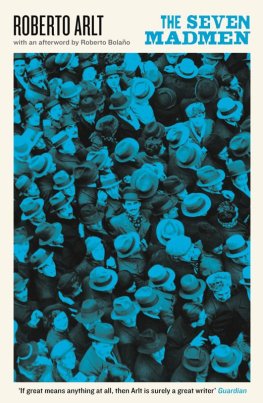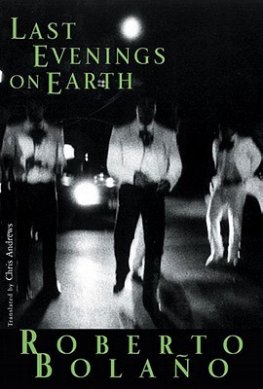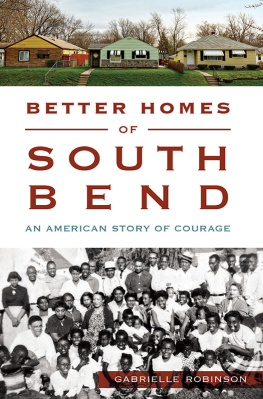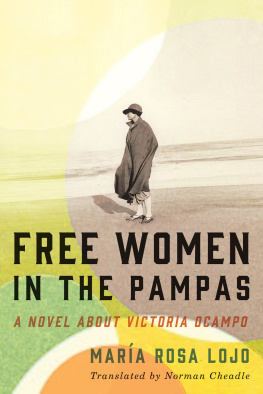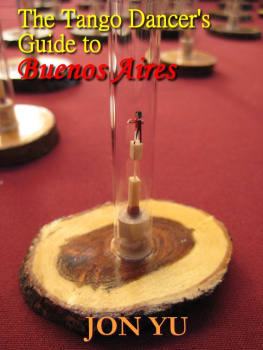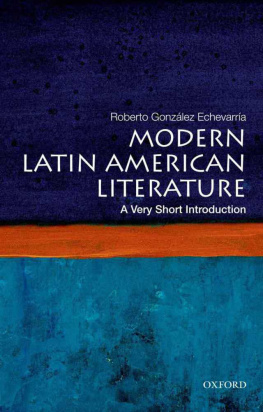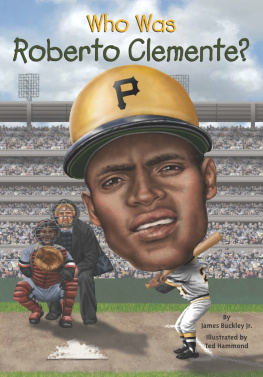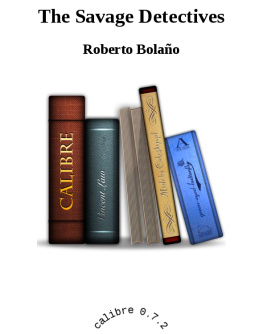There is a particular edge to the novels and stories written in countries which lacked a stable middle class or a clear sense of social continuity. It is as though the spirit of uncertainty in these countries made its way into the very structure of the fiction which writers produced. This fiction is filled with strange choices and odd chances; the way of handling incident is rich with risk and mystery. In his book on Nathaniel Hawthorne, written in 1879, Henry James attempted to identify what novelists in New England did not have at their disposal, thus making their fiction different from that being created in Europe. His famous list was as follows: No sovereign, no court, no personal loyalty, no aristocracy, no church, no clergy, no army, no diplomatic service, no country gentleman, no palaces, no castles, nor manor, nor old country houses, nor parsonages, nor thatched cottages, nor ivied ruins; no cathedrals, nor abbeys, nor little Norman churches; no great Universities nor public schools no Oxford, nor Eton, nor Harrow; no literature, no novels, no museums, no pictures, no political society, no sporting class no Epsom nor Ascot.
It is easy to imagine the Argentine novelist Robert Arlt (19001942) looking at this list and smiling in full recognition. The Argentine writer had the city of Buenos Aires and the army, perhaps, but beyond that only a sense of isolation. The Argentine writer had the port and the pampas, but beyond them merely a heightened sense of desolation. Like Henry James, Arlt would have understood, however, that not having a thousand years of slow progress at your disposal, as the English and French novelist did, might be gift as much as an impediment. The American knows, Henry James wrote, having given his list, that a good deal remains. Seven years earlier in a letter to an American friend, James had suggested that the richness of Europe was something perhaps the American novelist did not even need: Its a complex fate being an American, and one of the responsibilities it entails is fighting against a superstitious valuation of Europe.
In New England such a struggle against the superstitious valuation of Europe gave us nineteenth-century novels with stark imagery and memorable drama such as Hawthornes The Scarlet Letter or Melvilles Moby Dick, which attempted to create a world more vivid and filled with plenitude than the world outside its pages. In countries such as Ireland, Brazil and Argentina, places where poverty, social disruption and fragile institutions reigned, where form and continuity were sorely missing, the novel also took on a new and strange shape.
In an essay written in 1932 called The Argentine Writer and Tradition, Jorge Luis Borges suggested that this lack of social continuity and this sense of being on the periphery of literary culture could be seen as a gift, or a new way of nourishing that very culture. The South American writer, he wrote, by virtue of being close and distant to the centre of Western culture had more rights to Western culture than anyone in any Western nation. He compared this enriching sense of proximity and distance with the position of Jewish and Irish writers. It was enough, he wrote, the fact of feeling Irish, different, to become innovators within English culture. I believe that Argentine writers, and South American writers in general, are in an analogous situation; we can handle all the European themes, handle them without superstition, but with an irreverence which can have, and does have, fortunate consequences.
The years when Roberto Arlt was beginning to write were years of stress and change in Argentine society. A massive wave of Italian immigration had radically transformed the city of Buenos Aires and created a distance between the city and the pampa. Increased wealth also meant that books and ideas from outside began to matter to young Argentine writers, as the novels of Dostoevsky would matter to Roberto Arlt. Even as early as 1872 when Jose Fernandez published his great poem Martin Fierro, the theme of the solitary outsider became central to the Argentine imagination. The intensity of the immigration created a sense of rootlessness and dislocation, the sheer size of pampa and the teeming chaos of the city made their way into images of personal anguish and hostility to the social world. Images of the sad figure alone in Buenos Aires, a half-made man in a half-made place, with no society to distract him, and no possibility of any drama other than the dark, jagged drama that occurs within the alienated self, became central in Argentine literature.
In the fiction of Borges and Bioy Casares, in the novels of Arlt, in the later work of writers such as Ernesto Sabato and Julio Cortazar, the idea of playfulness was also central. These writers believed, as did Machado de Assis in Brazil and James Joyce in Ireland, that the real world could not be reflected in the pages of a book, but rather it could be re-made there, or made more strangely real there. The world could thus reflect the book. Their novels experimented with form and structure, played with ideas of character and tone. They did not dramatize moral questions, or deal with society and the individual. They did not allow domestic harmony to occur at any point in the stories they told. Their stories were fractured and irrational; their characters were happier on the street than at home, and happier, or more exquisitely unhappy, alone, than with families or associates; their narratives were more content if nothing in them could be easily tied into neat plots.
This did not mean that Borges (18991986), Bioy Casares (19141999) and Arlt operated as a group. In Borges, the massive volume, published after the death of Bioy Casares, in which Bioy wrote down all the conversations he had with Borges about writers and writing, there are many disparaging references to Arlt, as there are indeed to Ernesto Sabato (19112011). The fact that Arlt had very little formal education and that both of his parents were poor immigrants would not have been lost on Borges and Bioy, whose roots were deep in both cosmopolitan literary culture and nineteenth-century Argentina. Also, the literary world of Buenos Aires in the years when Arlt wrote, and in the years after his early death, was one of factions where the divisions could be based on political allegiance as much as social class. None of Arlts work, for example, appeared in the great Argentine literary magazine Sur to which Borges and Bioy had close connections which began publication in 1931.
Arlts novels were published between 1926 and 1932. Although he continued to write short stories and pieces for the newspapers, between then and his death he mainly worked as a journalist and a playwright. Because he was sent out to work when he was young, he developed an intimate outsiders knowledge of the centre of Buenos Aires, streets such as Florida and Lavalle, which were elegant in these years when Buenos Aires was one of the richest cities in the world. He invokes Lavalle in The Mad Toy: It was seven oclock in the evening and Lavalle Street was showing off its most Babylonian splendour. Through the plate-glass windows you could see that cafs were crammed with customers; carefree dandies gathered in the entrances of the theatres and cinemas; and the windows of the clothes shops which displayed legs in sheer stockings hanging from nickel-plate bars and those of jewellery stores and orthopaedic stores all showed by their opulence the cunning of the businessmen who used their spiffy goods to flatter the voluptuousness of the wealthy.
Arlt also knew the more miserable suburbs where the newer immigrants lived. His relationship with his father was always difficult, his childhood was seriously unhappy. When he was fifteen, he found work in a bookshop in Calle Lavalle; soon he met a number of Argentine writers. The following year he published his first story. When he was seventeen he left home for good and began to look after himself.

